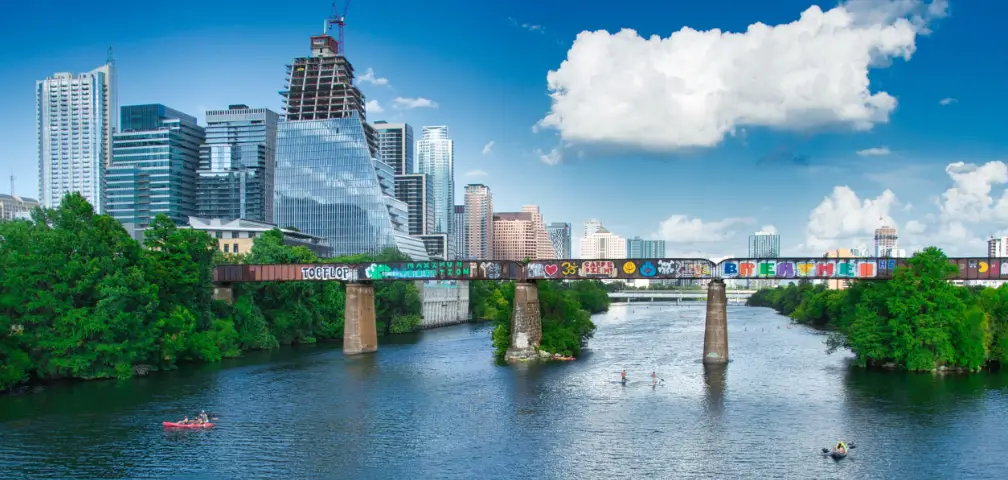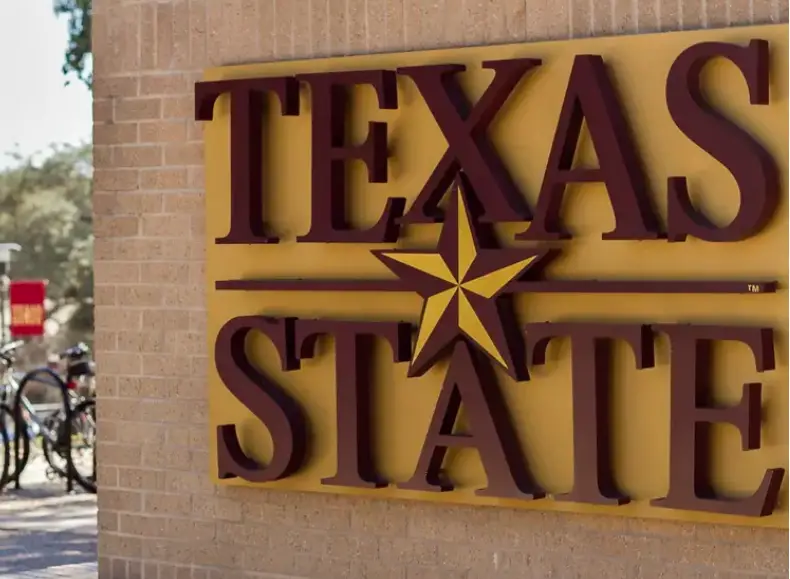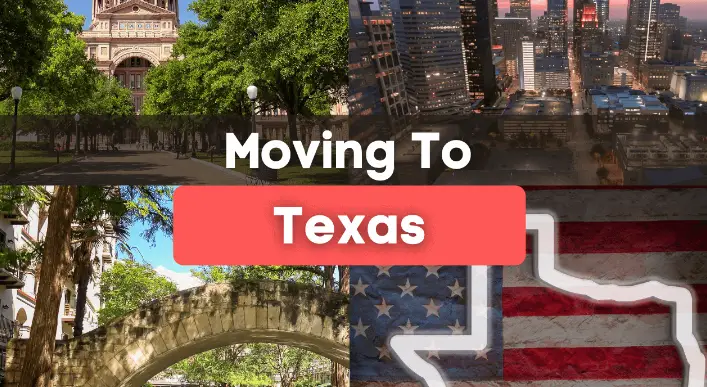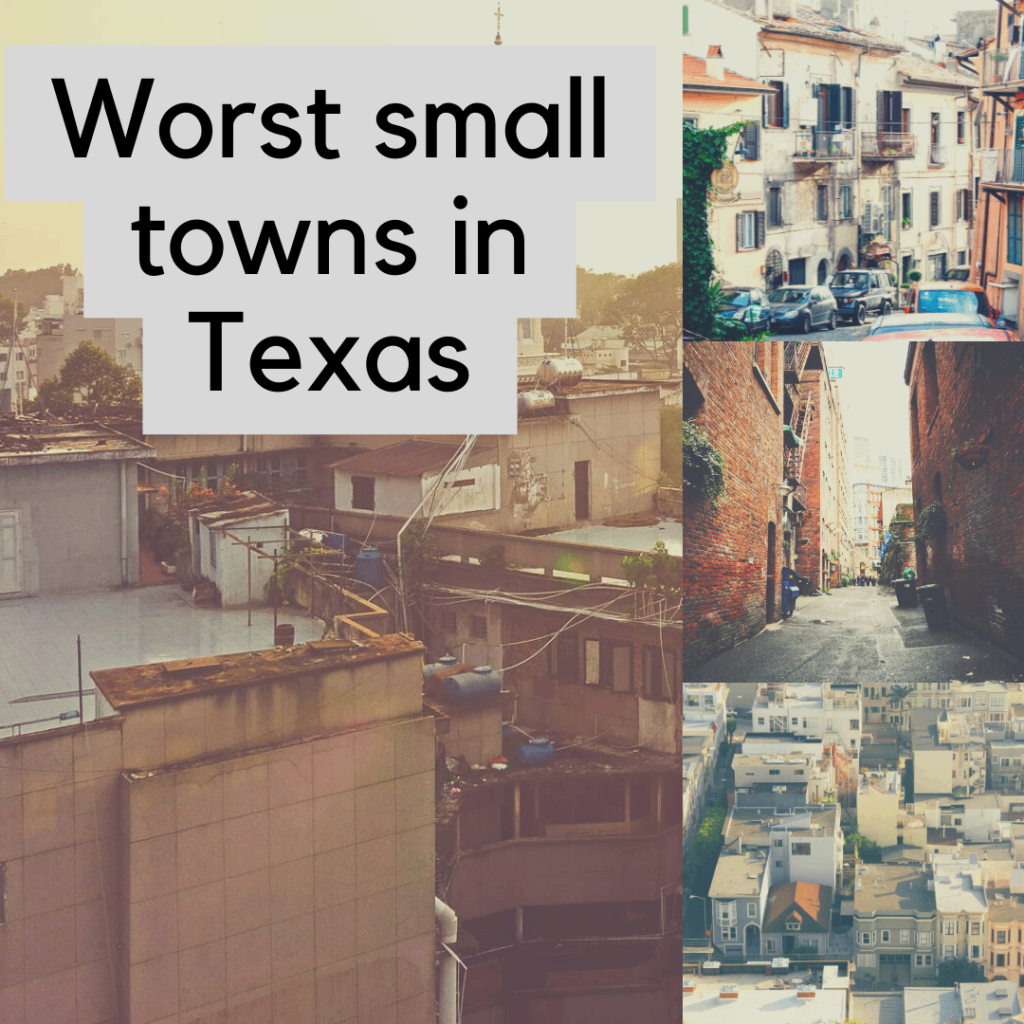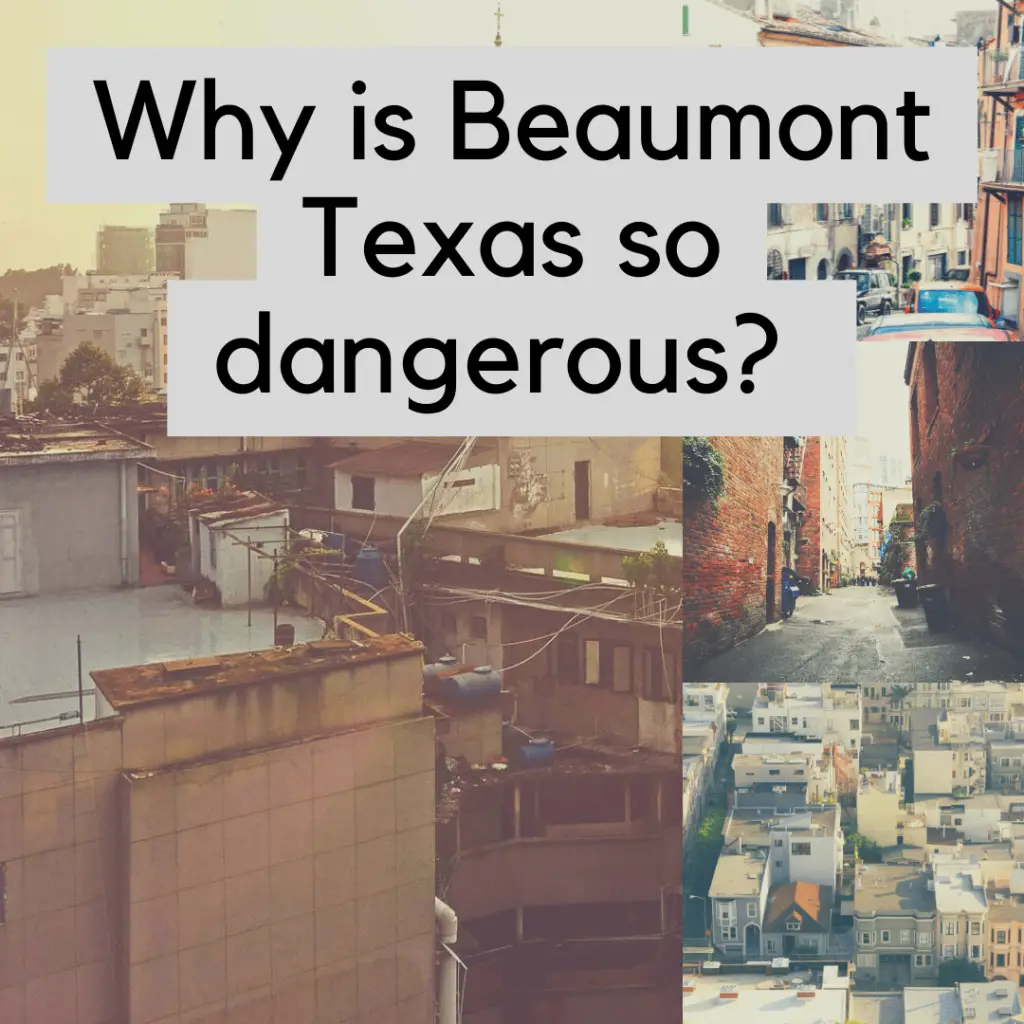- A look at affluent black neighborhoods in Texas
- Historical Perspective: How did these neighborhoods come to be?
- The Neighborhoods: Details on three affluent black neighborhoods in Texas
- Demographics of the Neighborhoods: Who lives in these neighborhoods?
- What Makes These Neighborhoods Affluent?
- Conclusion: A summary of the findings of this article
A look at affluent black neighborhoods in Texas
Affluent black neighborhoods in Texas are a rarity. According to a study by the Institute for Urban Research at Texas Southern University, there are only about 29 affluent black neighborhoods in the entire state of Texas. These neighborhoods are typically found in major metropolitan areas such as Dallas, Houston, and Austin. They are characterized by high levels of home ownership and education, as well as median family incomes that are well above the state and national averages.
Many of these neighborhoods are the result of new development funded by federal and local governments, such as the Meadows in Dallas and the Oak Cliff area in Dallas. The study found that affluent black neighborhoods were largely concentrated in suburbs, with only 12 percent located within urban areas. “There is a stigma attached to living in high-poverty neighborhoods,” said the report’s author, Terri Ann Lowenthal. “People are more comfortable living in suburban areas with lower crime rates.
Historical Perspective: How did these neighborhoods come to be?
One issue that has always been close to the hearts of many Texans is the segregation of races in different neighborhoods. Throughout history, different races have lived in separate areas due to discrimination and laws that favored one group over another. This article explore some affluent black neighborhoods in Texas and how they came to be.
In the late 1800s, Texas was experiencing a boom in its economy. As many people moved to the state, they came looking for land, jobs and opportunity. The city of Dallas gained prominence as a business center and an important transportation hub in the nation. Many African-Americans migrated to the city and sought housing outside of the Jim Crow Laws that were enforced by whites. As a result, black neighborhoods were established in Dallas.
A thriving community of black residents also was established in Houston beginning in the 1900s. Following the Great Depression of 1929, many black families moved to Houston because it was a booming city. As the city’s economy grew, so did the number of African-Americans in the area. This continued until World War II. By the time the war started, African-Americans were a significant population in Houston. However, they were segregated – in separate sections of town where they could not live close to whites.
During the war, African-American soldiers were given leave to visit their families. Some went to Houston but many did not return. During this time, blacks and whites were allowed to move freely in cities such as Dallas and Houston. However, they could not live together in these cities. After the war, African-Americans began to move into Houston. They were given low paying jobs in segregated factories. Their education was limited and they had no money. As a result, many of them moved out of the city to black neighborhoods where their children could go to school.
Related Article // Affluent black neighborhoods in North Carolina
The Neighborhoods: Details on three affluent black neighborhoods in Texas
Houston, Dallas, and Austin are home to some of the most affluent black neighborhoods in Texas. These neighborhoods are characterized by their large homes, well-manicured lawns, and affluent residents. While these areas offer residents a sense of community and security, they also come with a certain level of privilege that not all black Texans have access to.
In these neighborhoods, the value of African American homes has increased significantly over the past twenty years. The prices of homes in these neighborhoods range from $200,000 to $500,000. . Many of these neighborhoods also have a long history of being predominantly white and affluent. Today, the black population in these areas has been increasing at a much faster rate than the overall population.
Houston Black Neighborhoods
In the late 1980s and early 1990s, a large influx of immigrants from Mexico and other Latin American countries occurred in Houston. Many of these immigrants were from Central and South America. During this period, property values dropped in many of the neighborhoods that were predominantly Hispanic.
Today in Houston, the neighborhoods of Riverside Terrace and Houston Gardens are both affluent and predominately black. This is a unique phenomenon in a state that is overall majority white. These neighborhoods are evidence of the growing economic power of the black community in Texas. The Greater East End of Houston is the only neighborhood that has a majority non-Hispanic white population. This community is located on the easternmost edge of the city, and it is mostly residential.
The Riverside Terrace was developed in the 1920s as a white neighborhood. It remained white until the late 1960s, when black families began to move in. By 1970, Riverside Terrace was a majority-black neighborhood. The community was mostly demolished in the 1980s and 1990s. This neighborhood is now a majority-black area. Today, a large percentage of the population of Houston are minorities, which means that there are many different ethnic groups living in the city. Dallas represent affluent black neighborhoods in Texas.
Related Article // Affluent black neighborhoods in New York State
Dallas Black Neighborhoods
There are many affluent black neighborhoods in Dallas, Texas. Some of the most popular neighborhoods are Pleasant Grove, South Dallas, and Oak Cliff. These neighborhoods are known for their strong community ties, family-oriented atmosphere, and luxurious homes. Residents of these neighborhoods enjoy a high quality of life, with access to top-rated schools, safe communities, and plenty of activities and amenities.
The neighborhoods are known to be very diverse and there is a high concentration of black people in the area. There is a large amount of employment opportunities within the community, making it an attractive place for many families to settle down. Oak Cliff is also known for its collection of historic homes and architectural wonders. South Dallas is home to a wealth of restaurants, bars, and clubs throughout the area. The neighborhood also has a large amount of cultural diversity, with many ethnic groups living in this neighborhood.
Austin Black Neighborhoods
It is estimated that there are over 100,000 black residents in Austin, and nearly 30% of them live in poverty. However, there are also several affluent black neighborhoods in Austin. These neighborhoods are home to many successful professionals, business owners, and educators. Despite the challenges faced by black residents in Austin, these neighborhoods are thriving and offer a great quality of life.
The African American Museum & Library is located in the Montopolis neighborhood of Austin. The museum displays artifacts and images relating to black history in Austin, Texas. The museum is open to the public and offers many exhibits, lectures, and programs on a daily basis. The Austin Black History Museum offers a variety of educational programs and special events, including children’s activities, family nights, and black history summer camps. Austin represents affluent black neighborhoods in Texas.
Related Article // Affluent black neighborhoods in Maryland
Demographics of the Neighborhoods: Who lives in these neighborhoods?
Houston and Dallas are two of the most populous cities in Texas. Both cities are also home to affluent black neighborhoods. In Houston, the community of Third Ward is known for its wealth and educated population. The neighborhood is also home to many well-known black professionals, including rapper Bun B and former NFL player Vince Young.
In Dallas, there are many affluent black neighborhoods that continue to flourish; including parts of downtown and The Cedars. The community of Pleasant Grove is known for its large homes and affluent residents. The neighborhood is also home to many well-known black professionals, including Dallas Cowboys player Terrell Owens and former NBA player Jalen Rose. In 2009, “Forbes” ranked it as among the wealthiest black neighborhoods in America.
What Makes These Neighborhoods Affluent?
When the neighborhoods were examined in terms of their demographics, income, and home values. The study found that the neighborhoods are diverse, with a range of incomes and home values. Almost all of the neighborhoods share certain characteristics that contribute to their prosperity. These include strong community ties, high levels of education, and a focus on entrepreneurship.
Related Article // Best Suburbs in New Jersey
Conclusion: A summary of the findings of this article
Affluent black neighborhoods in Texas are a result of the discriminatory housing policies that were enacted in the early 20th century. These neighborhoods are located in areas that were previously segregated by race. Today, these neighborhoods are still some of the most affluent and desirable areas in the state. They offer residents access to good schools, jobs, and amenities.
However, a study conducted to examine the relationship between neighborhood racial segregation and the education level of black students in the neighborhoods found that despite some improvements in educational attainment, there is still a significant gap between whites and blacks in terms of educational attainment. The study concluded that whites had higher levels of education than blacks. This marks the end of our article; Affluent Black Neighborhoods in Texas.
Related Article // Affluent black neighborhoods in Long Island
